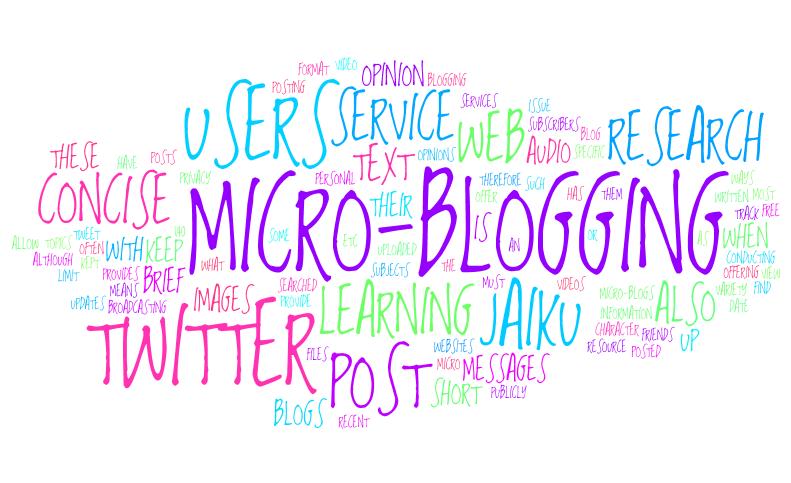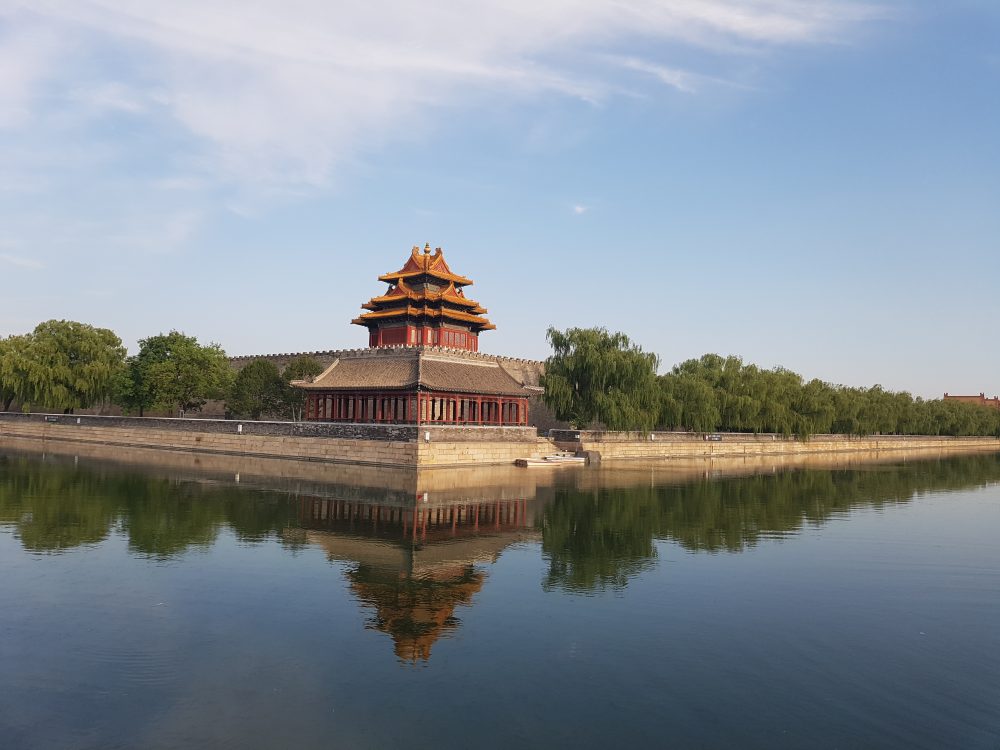Author(s) : Femmes & Développement Durable (FDD)

Social networks have rapidly invested in the field of sustainable development. Whether to use the dominant networks, tools or specific communities dedicated network Women & Sustainability wanted to review these new media and has asked these four questions:
What forms revolve around social networks for sustainable development?
What are the profiles of the users and what are their expectations?
Which links businesses and NGOs can develop with these networks?
What are the benefits and risks wait for communication?
Before reviewing all projects, we will first see the microblogging.
From "Novel" to "Tweet"

When speaking of sharing, one of the challenges is to understand what is being shared. In less than a decade, the Web has increased the availability of long detailed articles from specialized sites often blog with "posts" (= article posted online) shortened to allow easy reading (the same phenomenon affecting online press). Probably resulting from the generation zapping sursollicitations of users who have trouble focusing on a subject and are increasingly pressed, the items are considerably shortened, made sacred by the advent of twitter. Now, on the latter, the user does not have more than 140 characters (SMS) to post online content (called a "tweet"). Better, the tendency is to retweet: the user no longer writes, he simply transfer small comments of others. Thus, information is spreading faster than ever.
This raises a genuine debate on the quality of content, where rapid exchange seems to prevail more on verifying the accuracy of the information or sources.

Down to Earth, laboratory Danone
Danone platform "Down to earth" is the only voice on the Danone corporate social media space, acting as a lever to affirm the expertise of Danone on 4 themes:
- nature
- nutrition
- ecosystem
- social business
The objective is to share the vision of Danone and innovative experiences in the fields of sustainable development and corporate social responsibility (CSR). The platform, which includes both the group’s presence on facebook, twitter, youtube and tumblr, also serves to promote the project background Danone Communities, a social business incubator launched by Danone in 2006 (www.danonecommunities.com). It is also a way to manage the reputation of the company to ensure greater credibility with consumers.
WiserEarth, forge a link between the millions of associations in the world

If facebook is still by far the most famous social network and the most widely used, it remains a model before any commercial, a closed network. Faced with this business model, the NGO wanted WiserEarth is a vertical network, the service of collective intelligence.
Born 5 years ago, now meets WiserEarth 67,000 people and 3000 groups / NGOs / associations. The NGO has begun inventorying organizations fighting against inequality and sustainable development to reunite and give visibility to their work and projects (nearly 113,000 organizations identified to date). The aim is to share experiences and foster partnerships with companies. WiserEarth continues to use social networks "classical" (eg facebook) to reach the public and stakeholders as conversations should not only take place on their website.
The network operates on the same model as Wikipedia (http://fr.wikipedia.org), with content created by community members. The information is no longer controlled by the great powers or large enterprises, everyone can initiate solutions and become an actor of change and activist.

The Challenge "Hanvie de faire la différence" (Desire to make difference) by Crédit Agricole
Starting with a question on how to intelligently use social networks to grow within the company and evolve, Crédit Agricole launched in November 2011 the challenge "The hanvie make a difference."

Working in partnership with STUDYKA young company to bring students from the world of business, the goal was to find new ways of working with people with disabilities and learn to work together. Through social networks, this approach has to reach and attract students, without having to contact each school or university.
The challenge for the students was to imagine a strategy to attract and integration of students with disabilities in business, the key lots planned for the winners (first prize: a trip to Italy for 10 days, including a meeting with HRD local subsidiary of Crédit Agricole, Cariparma)
In conclusion, members of Women and Sustainable Development advising companies on social networks:
- be transparent
- to listen
- accept the conversation
- remain humble
- create own content…
